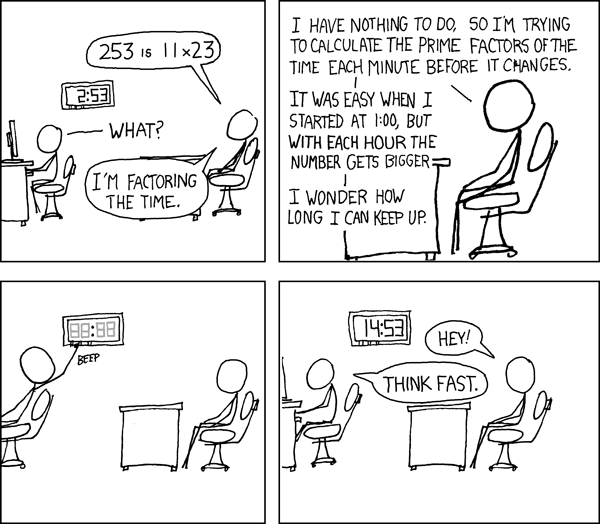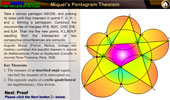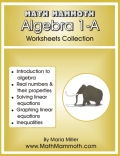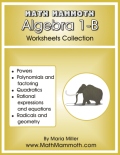Here's the moment you've all been waiting for: my LSAT prep book recommendations.
Happy holidays to everyone. There WILL be more tips next week too, don't worry - not everyone is on vacation. :D Recommendations below. Stay warm!
PrepTests 39, 40, 41, 42, 43, 44, 45, 46, 47, 48, 49, 50, 51, 52, 53, 54, 55, and 56
by LSAC
Each are only sold individually, as LSAC has not yet published a book of ten exams containing them. Because the exam has changed in recent years, you'll need several of these to study effectively.
When to use: after you've completed the other PrepTests.
The Next 10 Actual, Official LSAT PrepTests
by LSAC (older edition)
Contains PrepTests 29-38 and is the newest book of ten. It's essential that you get your hands on these in order to study effectively.
When to use: during exam prep.
10 More Actual, Official LSAT PrepTests
by LSAC (older edition)
Contains PrepTests 19-28.
When to use: during exam prep.
10 Actual Official LSAT PrepTests< br />by LSAC (
older edition)
Contains most PrepTests from 7-18. Only worth doing if you're studying far enough in advance that you'll have enough time to do the most recent exams as well.
Note: These exams are really old - from 12/92 - 9/95. Don't be concerned if some of the games are a bit difficult. You'll rarely see these types on recent exams.
When to use (if at all): in early stages of preparation to familiarize yourself with the exam.
The Official LSAT SuperPrepby LSAC (
older edition)
Contains a few exams you can't find anywhere else: 2/96, 2/99, and 2/00. The explanations within are the biggest selling point, but most people find them to be confusing and technical.
When to use (if at all): in early stages of preparation.
June 2007 LSAT exam (PDF)
by LSAC
Free sample exam. Treat it as if it were PrepTest 52.5 when making your study schedule.
LSAT Logic Games Bible (2003)
by Powerscore (
2008)
This book contains the best Logic Games diagramming techniques I've seen, and I've reviewed all the LSAT prep books out there. The drills are useful, the organization is clear, and the book demonstrates its techniques on real LSAT PrepTests.
Skip the section on "Pattern Games" and "The Forgotten Few" unless you've already mastered other game types. Also, don't worry too much about the book's complicated subclassifications. You'll be fine if you can distinguish between the main game-types: linear/sequencing, grouping, and combination.
Unless you have a lot of time, I recommend the 2003 edition. Why? Because the 2008 edition is nearly twice the size. It appears the author beefed it up to justify the $65 retail price tag. Also, the 2008 edition exposes you to recent games you'll want to save for later practice tests.
When to use: Before you attempt logic games from the books of PrepTests.
Logic Made Easy: How to Know When Language Deceives Youby Deborah Bennett (
older edition)
Although not explicitly written for test-prep purposes, this book contains several logical reasoning-type questions and reviews several common fallacies. The author is clearly familiar with the LSAT, and this makes the book more relevant for our purposes. I highly recommend reading this because it is clear, full of simple examples, and concise. You can skip the parts on the history of logic.
American Scientist's
review.
When to read: Before you begin LSAT prep or when you need! a break from practice exams.
Informal Logic: A Pragmatic Approach
by Douglas N. Walton (
older edition)
Clearly explains and demonstrate multiple examples of valid and invalid arguments. Walton is obsessed with logical fallacies and covers many of the common ones appearing on the LSAT.
When to read: Before you begin studying or when you need! a break.
Elementary Logic: Revised Editionby William V. Quine
At 144 pages, it's short and sweet. It's also the first-ever logic textbook (originally published 1941, revised 1980). It discusses many basic issues (necessary/sufficient, etc.) relevant to LSAT logic. If you have the time/inclination, feel free to look it up, but it's by no means necessary.
When to read: Before you begin studying or when you need a break.
How to Solve It: A New Aspect of Mathematical Method by George Polya (
Older editions)
Simple advice on problem solving and logical thinking. It's useful because it gives you a framework to identify and analyze the relationship between evidence and conclusion.
Wikipedia, this
summary, and the following will probably be enough for you.
The book gives you some questions to ask yourself about any Logic Game or Logical Reasoning Stimulus:
1. What information is unknown/provided? Does the evidence/premise satisfy the conclusion?
2. How is this game/stimulus similar to others you've done? Questions do tend to come back in future exams (with different topics, of course).
3. ! Does a restatement (the contrapositive) of the argument help?
4. What inferences can you make?
5. How can you use these inferences?
Another nice
summary.
When to read it: Before you begin studying or when you need a break.
The Little Luxe Book of Sudoku: 335 Easy to Hard Puzzles and The Little Black Book of Sudoku: 400 Puzzlesby Will Shortz
Number puzzles exercise your brain and get it ready for the logic games.
When to use: Before you begin studying or when you need a break.
T! hat's it - see you next year!
---------
! Next wee k: How to study for a retake (or what to do when you've already used too many PrepTests)...










